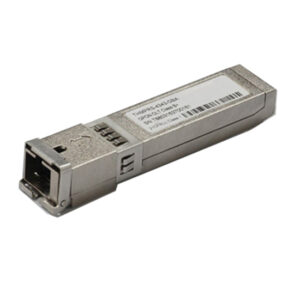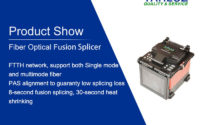Introduction to GPON Optical Modules and Their Classification Standards

As the demand for high-speed internet and fiber-to-the-home (FTTH) services continues to grow, Gigabit Passive Optical Networks (GPON) have emerged as a dominant technology in the access network landscape. At the heart of GPON networks are GPON optical modules, essential components that ensure efficient and high-speed data transmission between the central office and end users.
In this blog post, we’ll provide an introduction to GPON optical modules and explore the key classification standards that define their performance and compatibility.
What is a GPON Optical Module?
A GPON optical module is a transceiver used in GPON networks to convert electrical signals into optical signals and vice versa. These modules are typically installed in Optical Line Terminals (OLTs) at the service provider’s central office and Optical Network Units (ONUs) or Optical Network Terminals (ONTs) at the customer’s premises.
GPON technology enables high-speed data transfer over a single fiber strand using wavelength-division multiplexing (WDM). It supports downstream rates of up to 2.5 Gbps and upstream rates of 1.25 Gbps, providing a cost-effective and scalable solution for broadband access.
Key Features of GPON Optical Modules
High Bandwidth: Supports gigabit-level speeds suitable for modern applications like streaming, online gaming, and cloud services.
Low Power Consumption: Optimized for energy efficiency, especially in residential and enterprise deployments.
Compact Form Factor: Commonly available in Small Form-factor Pluggable (SFP) design, enabling easy integration into networking equipment.
Wavelength Support: Utilizes 1490 nm for downstream and 1310 nm for upstream transmissions.
Long Reach: Supports transmission distances up to 20 km with a single optical fiber.
Classification Standards of GPON Optical Modules
GPON optical modules are classified based on several industry standards and specifications. The most recognized classification standards include:
1.ITU-T G.984 Series
The ITU-T G.984 standards define the overall GPON architecture and requirements. The key parts include:
G.984.2 – Defines the physical media dependent (PMD) layer specifications, such as wavelength, output power, and sensitivity.
G.984.5 – Focuses on wavelength blocking filters and coexistence with other PON technologies (e.g., XG-PON).
2. Transmission Distance and Power Classes
GPON modules are categorized into different power classes based on their optical budget, which determines the maximum distance and number of users supported:
Class B+: Optical budget of 28 dB, typical reach up to 20 km.
Class C+: Optical budget of 32 dB, allows for longer distances or higher split ratios.
Class C++: Higher power level with 35 dB budget, used in dense or extended networks.
3. Form Factor
Most GPON optical modules come in SFP form factor, which allows hot-pluggability and compatibility with various OLT or ONU devices.
Choosing the Right GPON Optical Module
When selecting a GPON optical module, network operators and integrators should consider:
Compatibility with the OLT or ONU device.
Required transmission distance and power class.
Temperature range and environmental conditions.
Compliance with ITU-T and regional standards.
In Conclusion
GPON optical modules are vital to the performance and reliability of modern fiber access networks. Understanding their classification standards helps ensure proper selection and integration into your network infrastructure. As fiber deployments expand globally, having the right GPON module can significantly enhance service delivery and user experience.
Whether you’re a network planner, system integrator, or ISP, staying informed about GPON technology and its standards will help you build faster and more efficient broadband networks. More information please review Tarluz.


